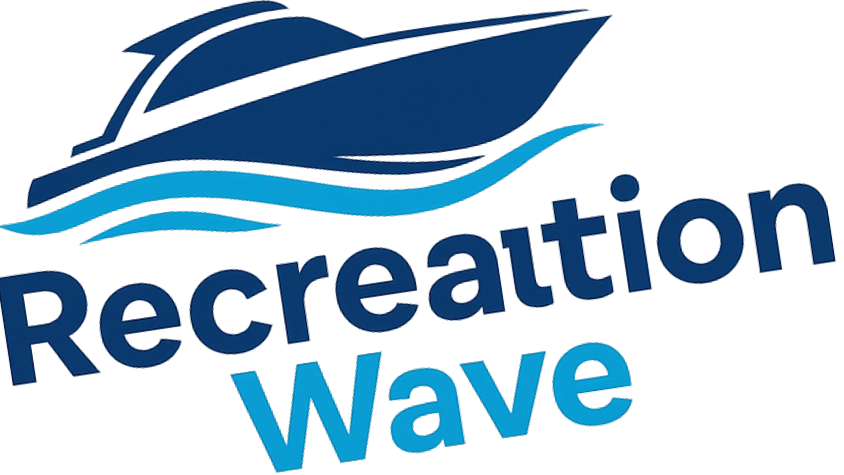
Master the Art of Tracking in Paddleboarding
As summer unfolds, paddleboarding enthusiasts are gearing up for an exciting season filled with challenges that promise growth and fun on the water. Among these, the Tracking Challenge stands out as not just an exercise but a crucial skill that every paddler should hone. But what exactly is tracking in paddleboarding, and why does it matter?
What is the Tracking Challenge?
The Tracking Challenge tests your ability to maintain a straight course on your paddleboard without frequently switching sides with your paddle. Instead of relying on paddle strokes for direction, you’ll learn to use your body movements and weight distribution to steer.
This challenge is not only entertaining but essential for enhancing your board awareness. By shifting your body weight effectively, you’ll be able to keep your board gliding smoothly in the desired direction. This skill will transform your paddling experience, allowing for more fluidity and efficiency.
Why Tracking is Essential for All Paddlers
Tracking may seem like a simple task, but it reveals deeper insights into paddleboard control. As you navigate through the water, maintaining a straight path can impact your speed, endurance, and overall enjoyment. Paddleboarding should fill you with joy, not frustration, and developing strong tracking skills can make all the difference.
Practical Tips to Improve Your Tracking Skills
To conquer the Tracking Challenge, start by focusing on your stance. Stand with your feet shoulder-width apart and engage your core for balance. Pay attention to your gaze — where you look can significantly influence your tracking. Fix your eyes on the horizon or a landmark to maintain a steady direction.
Consider these tips to enhance your tracking ability:
- Body Positioning: Lean slightly toward the side where you want the board to steer. This technique allows the board to naturally turn in the desired direction.
- Breath and Relax: Take deep breaths and stay relaxed. Tension can throw off your balance.
- Practice: Like any skill, consistent practice will yield results. Take time on calm waters to focus purely on tracking.
Embrace the Challenge and Share Success Stories
Every paddleboarding journey comes with its ups and downs. Engaging in the Tracking Challenge is not just about competition; it’s about joining a community. Share your successes and challenges with fellow paddlers, whether online or at your local paddleboarding club. This sense of camaraderie fuels our passion and enriches our experiences.
Looking Ahead: The Future of Paddleboarding
As the popularity of paddleboarding continues to grow, so does the emphasis on skill development. Challenges like tracking offer paddlers of all backgrounds a chance to improve while enjoying their time on the water. With new boats and gear emerging, staying updated on the latest trends will serve you well. Whether you’re a beginner honing your skills or a seasoned paddleboarder seeking new adventures, embracing challenges keeps the sport fresh and exciting.
Final Thoughts: Get on the Water!
So, are you ready to tackle the Tracking Challenge? Conquer this test of skill, connect with fellow paddleboarders, and see how it transforms your paddleboarding experience. Don’t forget — every challenge is an opportunity for growth. Embrace it and paddle on!
 Add Row
Add Row  Add
Add 




Write A Comment